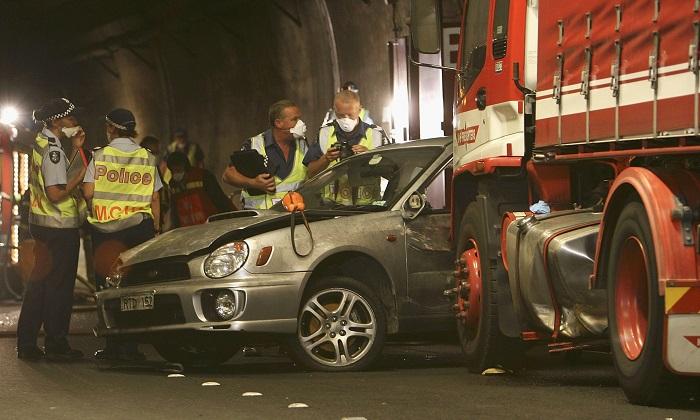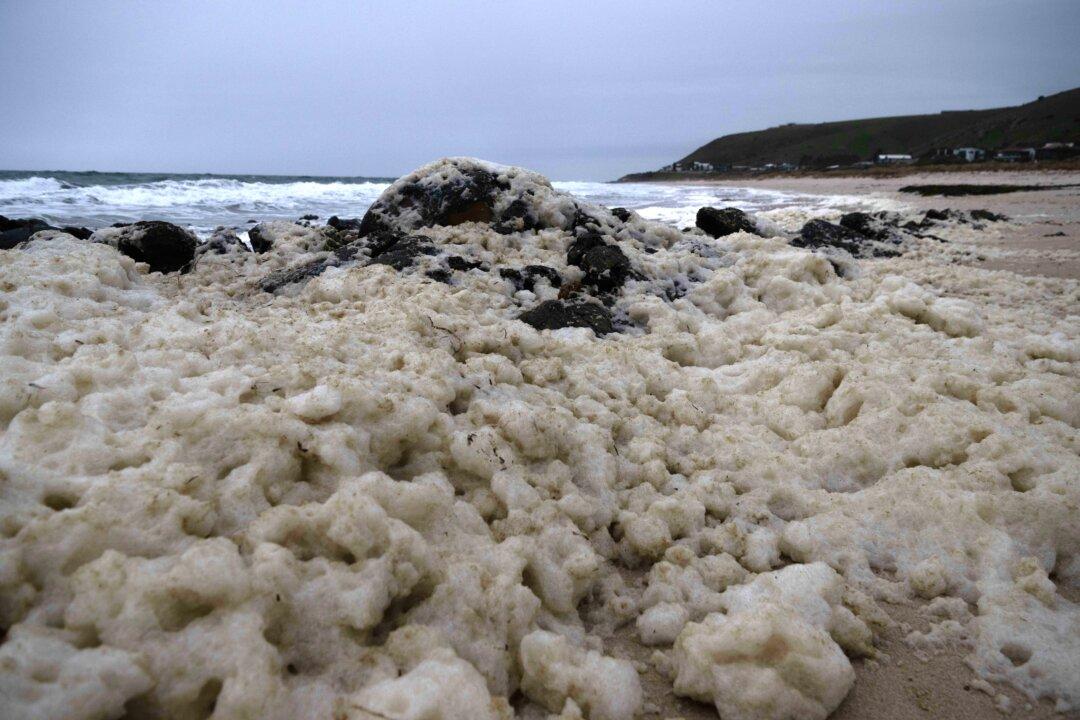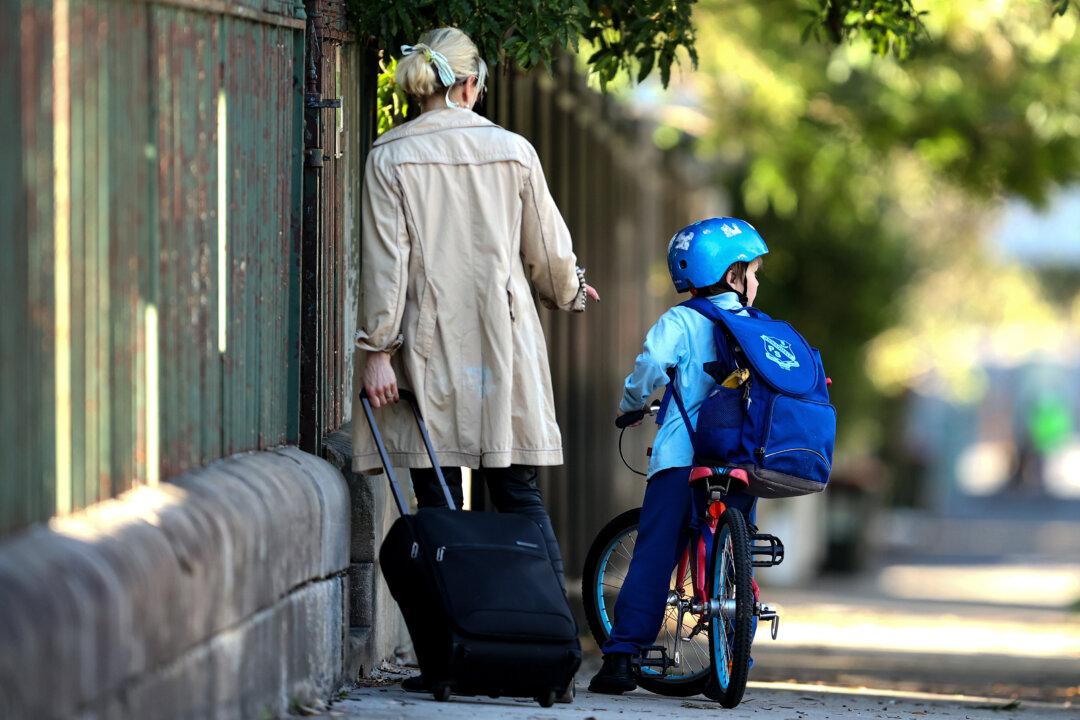It’s not just Labor that’s staging a return in the 2025 federal election.
The Climate 200-backed “Teals” and other independents, who first shook the system in 2022, continue to be an influential force eroding the traditional dominance of the two major parties.





